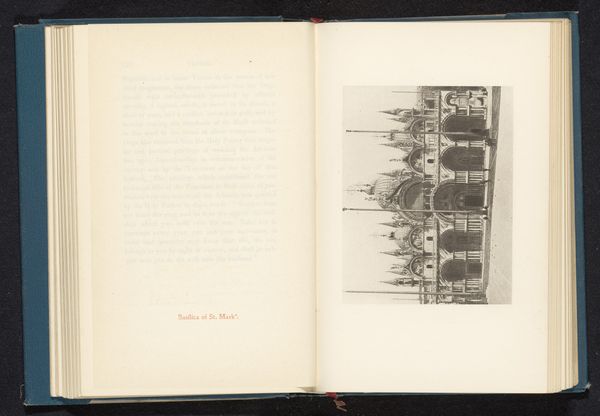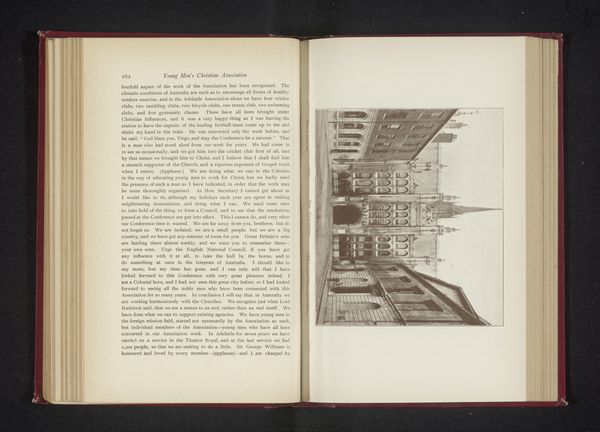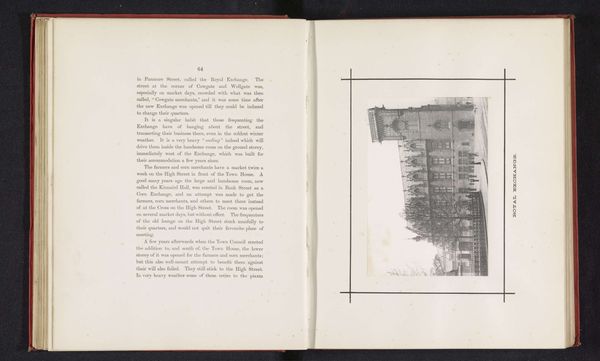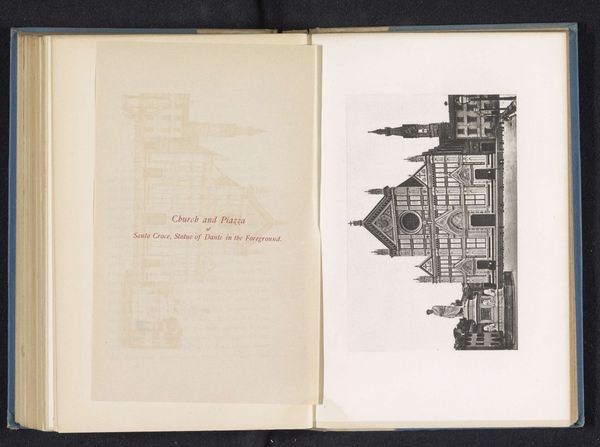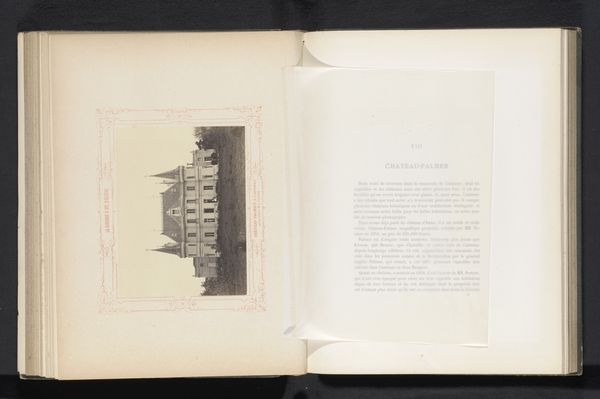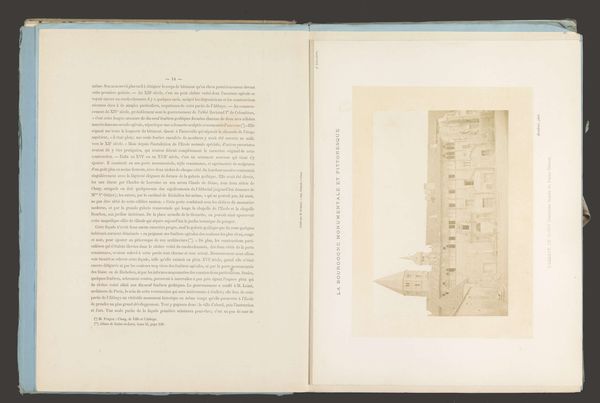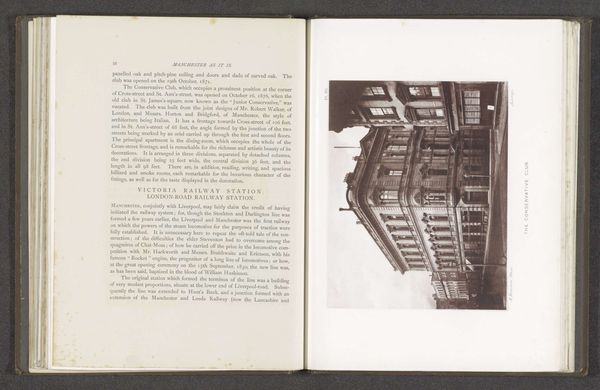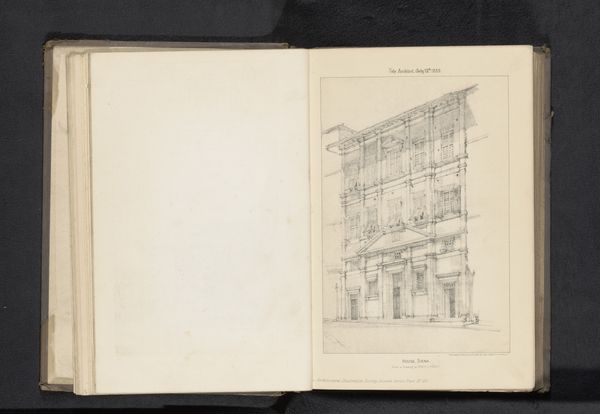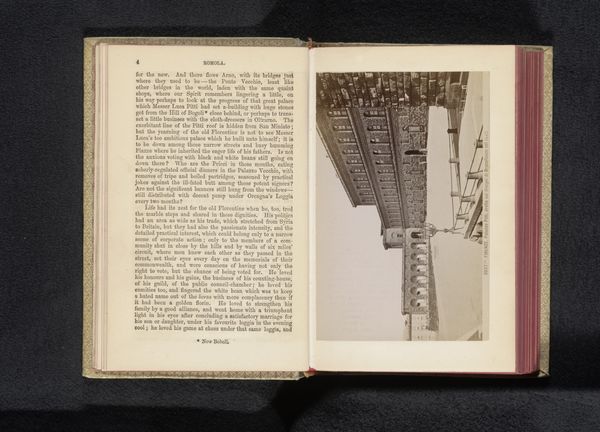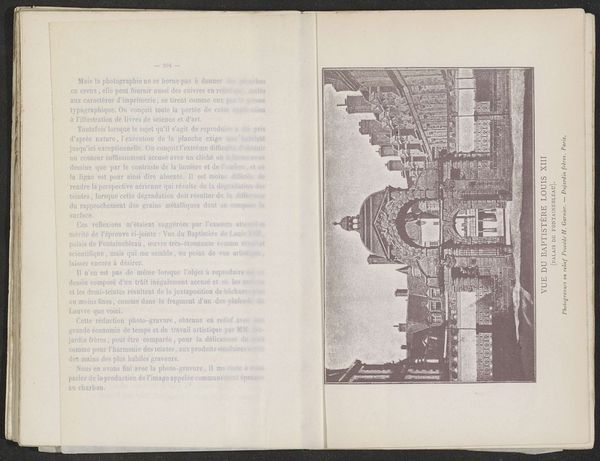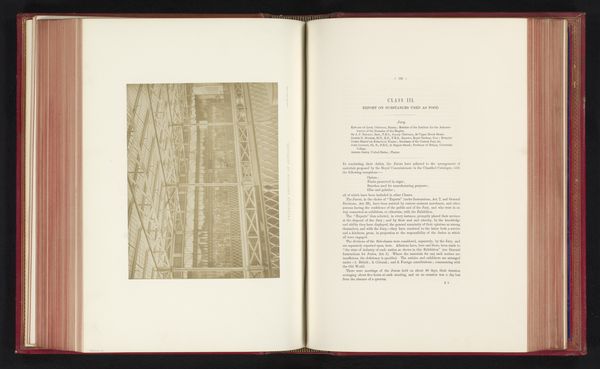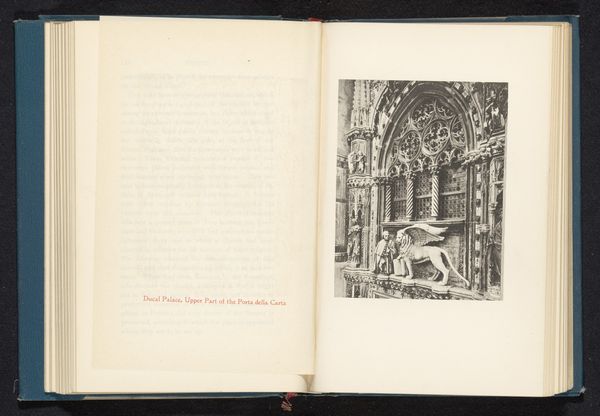
Dimensions: height 91 mm, width 115 mm
Copyright: Rijks Museum: Open Domain
Editor: Here we have a gelatin-silver print from around 1882-1892, showing the exterior of the Palazzo Vendramin-Calergi in Venice. It’s quite striking in its detail. What I find fascinating is how a photographic process, typically associated with objectivity, is here used to capture something so historically and culturally significant. What strikes you most about this work? Curator: Considering it's a gelatin-silver print, I’m interested in the means of production. Who was behind the lens, and what was their relationship to the Palazzo and Venice itself? The social context of this photograph is important; the access to and means of photography during that period implies certain economic and social privileges, framing how Venice was presented to the world. How do the materials and process shape the image’s meaning for you? Editor: I hadn’t really considered the labor and access involved in its creation, I was only thinking about how architecture could be a type of sculpture or something permanent. Now I wonder how the choice of photography challenges traditional high art? Curator: Exactly! Photography, especially then, blurred the line between documentary and art. The materiality of the print itself - the silver halides reacting to light - and the socio-economic forces enabling its creation become critical elements, don't you think? Think about the consumption of images, of Venice itself, as a commodity. Editor: That's so interesting! I was only seeing the surface. I'll never look at an old photograph the same way again. Curator: Hopefully, you’ll consider the layers of materiality and social context embedded within seemingly simple images going forward.
Comments
No comments
Be the first to comment and join the conversation on the ultimate creative platform.
